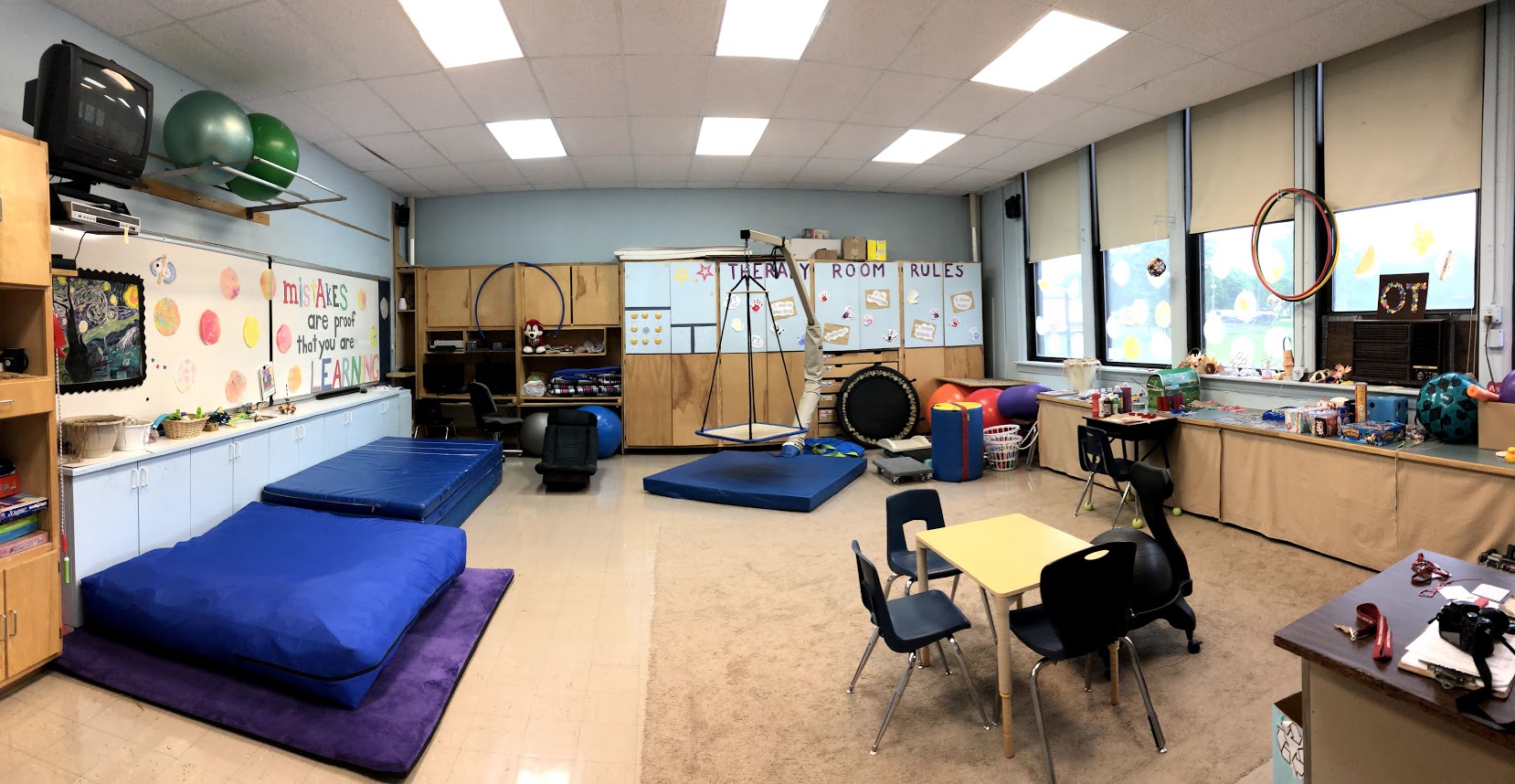Sensory processing is the ability to organize and interpret information we receive through the senses from our own bodies and the environment. This enables us to produce an appropriate response for particular situations, the task and the environment. Sensory integration develops through typical childhood experiences such as running swinging, and rolling; allowing children to acquire the ability to interpret, adjust, and respond appropriately to incoming sensations.
There are 3 types of Sensory processing disorders:
- Sensory Modulation Disorder: Characterized by difficulty processing sensory information into appropriate behaviors/responses that match the intensity of the sensory information.
- Sensory-Based Motor Disorder: Characterized by difficulty controlling, planning, and supporting their movements into a smooth, coordinated and sequenced way.
- Sensory Discrimination Disorder: Characterized by difficulty distinguishing between similar sensations. Extra time to process sensory information and the capacity to perceive the information as quickly and naturally as other children is reduced.
Incorporating sensory input into your day might seem tricky, but finding ways to include little moments of sensory input can have a great impact on a child’s sensory processing. Every child is different and what works for one child might not work for another exhibiting the same behavior, or even the same child the next. It is an OT’s job to be sure that habituation does not occur. Below is a small list of simple activities that can be done to organize, alert or calm a child.
Organizing Activities
- Heavy work (gives input to muscles and joints and causes fatigue)
- Wall pushes with hands and feet.
- Jumping on trampoline
- Popcorn jumps (jumping from a squat position and then landing back in a squat position)
- Wheelbarrow walking
- Crawling through tunnels
- Obstacle course
Alerting Activities
- Bouncing on a therapy ball
- Upbeat music with a strong beat
- Vibrations on the arms, hand or back
- Swinging
- Jumping on a mini-trampoline
- Going outside
- Heavy work activities (moving a stack of books, re-arranging chairs etc)
- Jumping Jacks
- Push Ups or Wall Push Ups
- Skipping
- Running (Relay races, obstacle courses etc)
Calming Activities for Kids
- Rocking slowly over ball on belly
- Turning off the lights
- Laying under a heavy blanket
- Soft music (spa CD)
- Use of body sock/lycra material to wrap in
- Light touch/hard touch (depending on the child) – brush a feather over their arms, or squeeze their arms with their hands for deep pressure.
- Hand fidgets (such a play dough, wikki stix, thera-putty etc.)
- Heavy work (moving furniture, a stack of heavy books, pulling a weighted backpack/rolling cart)
Always do some type of calming activity after an Alerting activity before asking your child to sit back down to learn or work again.
 973-884-2030
973-884-2030 






